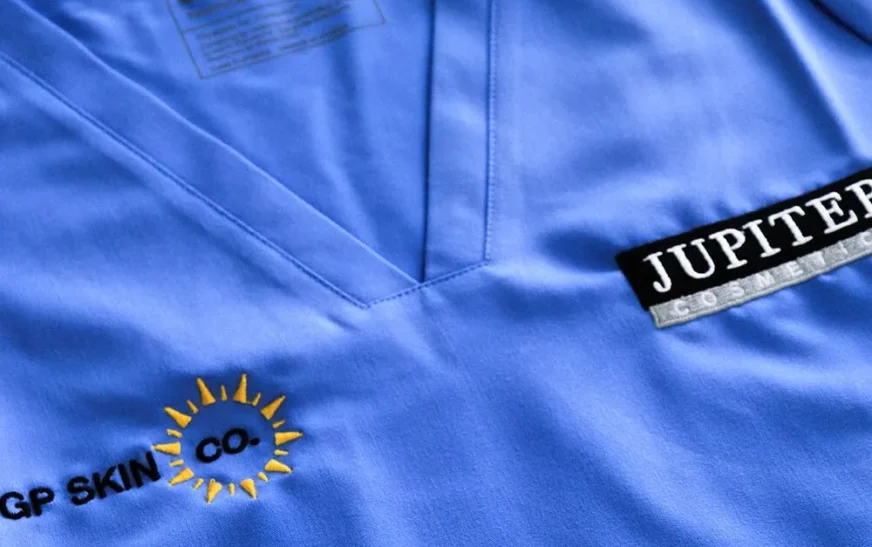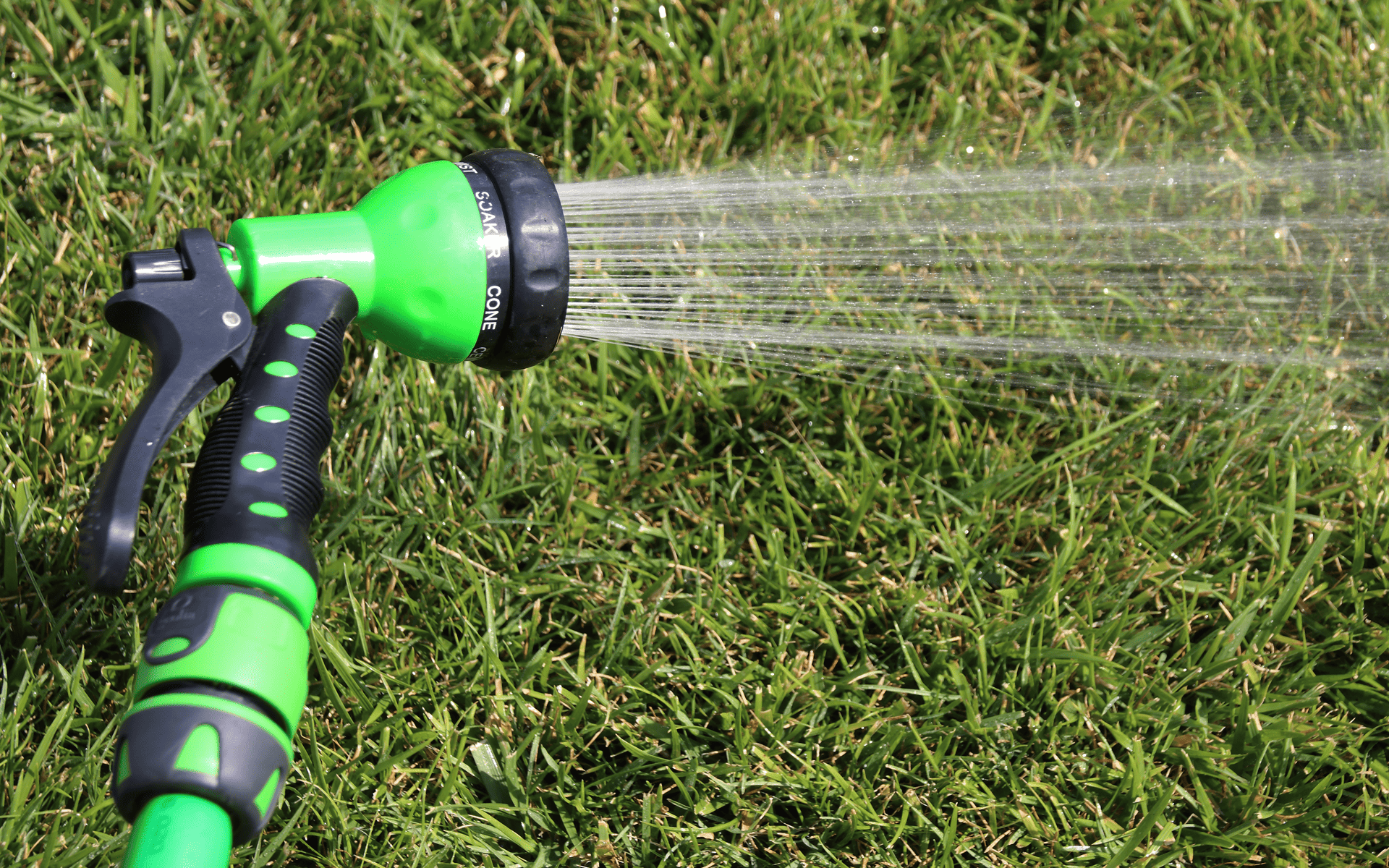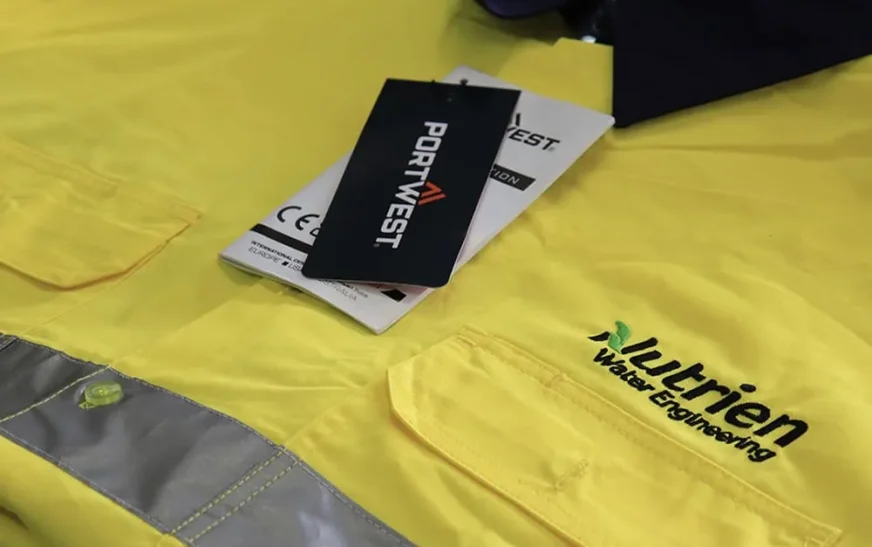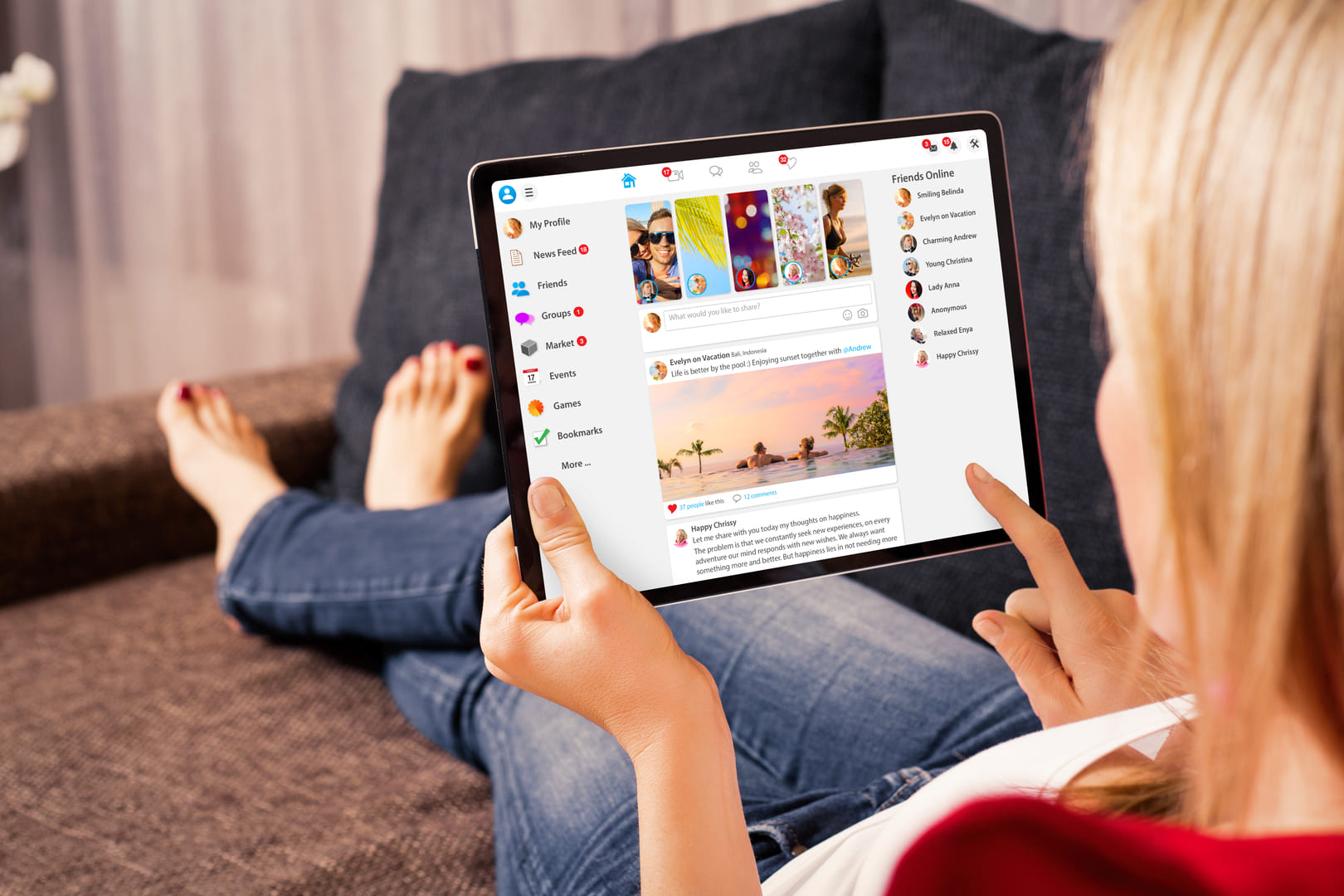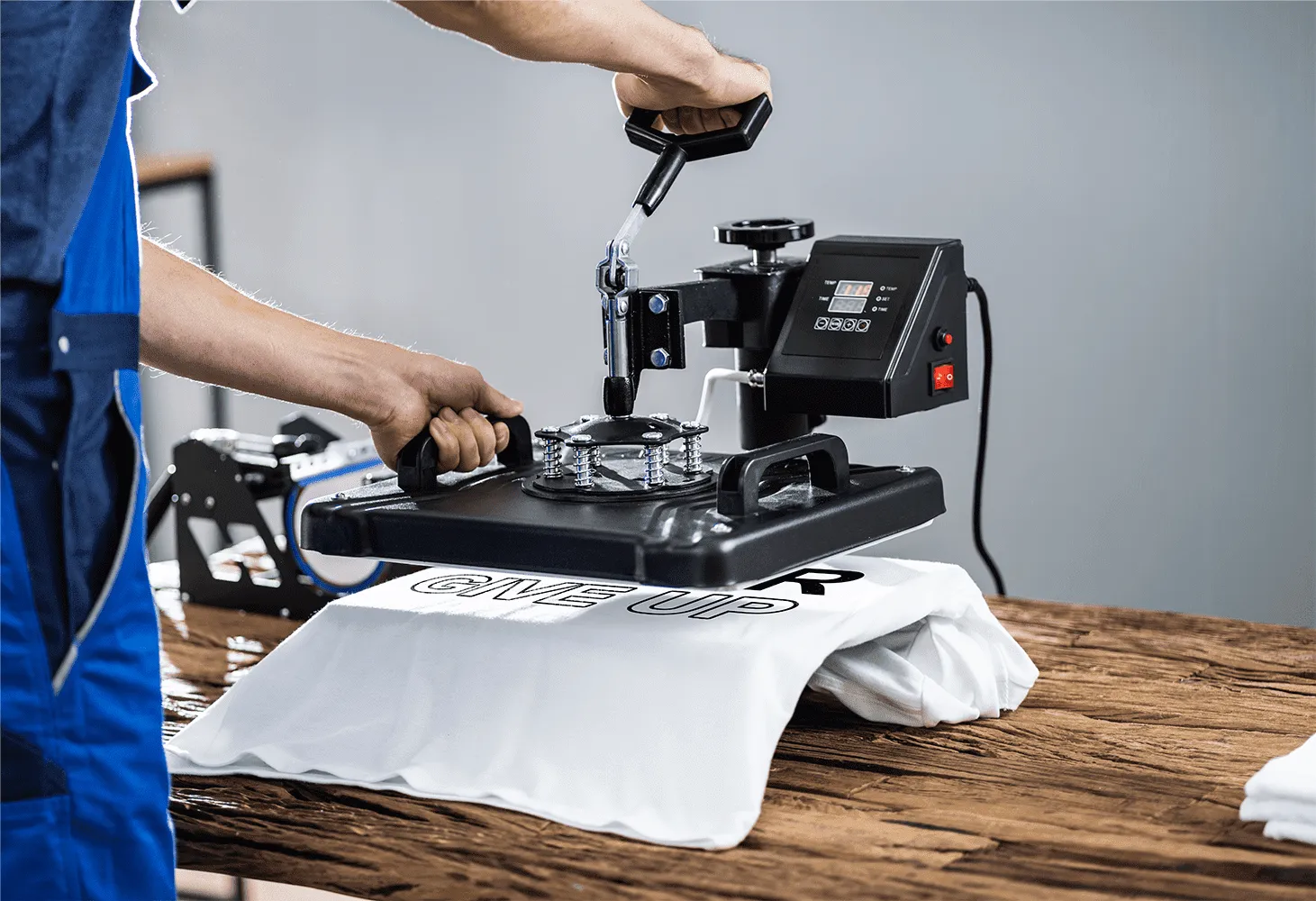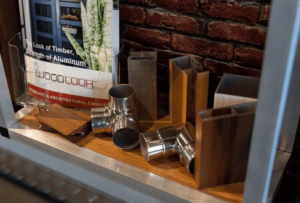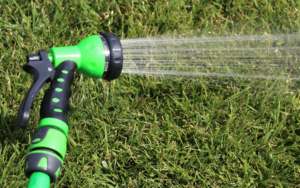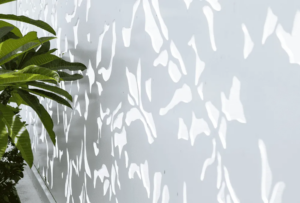The landscape of women’s workwear is changing rapidly as we move into 2025. Work attire that was once limited to a handful of styles and fits is now evolving into a diverse range of options that combine style, comfort, and practicality.
This transformation is driven by new expectations in the workplace, as well as broader fashion trends, technological advances, and a growing emphasis on sustainability. As businesses and employees demand more from workwear, women’s uniforms are becoming more tailored, high-performing, and innovative.
Tailored Fit and Personalisation
One of the most notable changes in women’s workwear in 2025 is the shift towards more tailored and personalised fits. Historically, women’s workwear was often designed using a unisex or generic approach, resulting in poorly fitted garments that did not meet the specific needs of the female form. In the past, women had limited choices, and many work uniforms were not designed with comfort or fit in mind.
However, as workplace diversity continues to grow, the need for more inclusive and customisable uniforms has become clear. Today, workwear companies are offering garments that are specifically tailored for women’s body shapes. These uniforms provide a more flattering fit, with options that range from more form-fitting designs to loose, relaxed styles depending on the job’s requirements.
High-Performance and Sustainable Fabrics

The demand for performance-driven fabrics has significantly increased in recent years, and this trend is continuing into 2025. More and more women are looking for workwear that not only looks good but also performs well under the demands of a busy workday. This is particularly true for jobs that require physical activity, whether it’s moving around the office or handling more manual tasks.
In response, workwear manufacturers have been incorporating advanced fabrics into their designs. Many garments now feature materials that are breathable, moisture-wicking, and durable, making them more suitable for all-day wear.
Integration of Fashion Trends
Gone are the days when workwear was simply a functional necessity. Now, work attire is seen as an extension of personal style, and more fashion-forward elements are being incorporated into women’s uniforms. Workwear in 2025 takes inspiration from the latest fashion trends, making it easy for employees to look professional while still expressing their personality through their clothing choices.
For example, in 2025, women’s workwear is increasingly embracing the latest trends seen on the runway. The return of the peplum top is one such example. This flattering design, which features a gathered or flared portion of fabric at the waist, creates a silhouette that is both professional and feminine. The peplum top can be paired with tailored pants or skirts to create a polished, yet comfortable look for office settings.
Comfort-Driven Choices
Comfort is one of the driving forces behind the changes in workwear. As the line between formal and casual wear continues to blur, more and more women are opting for attire that combines comfort with professionalism. The old notion that workwear needs to be stiff and restrictive is being replaced by the idea that comfort enhances productivity and employee satisfaction.
One of the most significant comfort-driven trends in 2025 is the rise of relaxed yet professional workwear. Styles like “sweatpant jeans,” which blend the relaxed fit of sweatpants with the structure of jeans, are gaining popularity in office environments. These garments allow women to move freely throughout the day, offering the kind of comfort once only reserved for casual settings, while still maintaining a polished appearance.
Technology and Innovation in Workwear

Advances in technology have significantly impacted the workwear industry, leading to innovative solutions that enhance both the functionality and design of uniforms. Digital design tools have made it easier to create intricate designs, while new fabric technologies have given rise to garments that offer added benefits, such as UV protection, anti-wrinkle properties, and even built-in cooling systems.
Industry-Specific Adaptations
Workwear trends in 2025 are not one-size-fits-all; different industries have different needs, and women’s workwear reflects these specific requirements. For example:
- Healthcare and Industrial Sectors: In these industries, uniforms must prioritise functionality and safety. This means workwear is designed to withstand the demands of physical activity, with features like antimicrobial fabrics, high-visibility elements, and stain-resistant materials. Safety standards are paramount, so women’s workwear in these sectors is often designed to meet strict safety guidelines while maintaining comfort.
- Hospitality and Retail: These industries often focus on stylish yet functional uniforms that convey professionalism while enhancing the customer experience. Uniforms in these sectors are often designed to reflect the brand’s image, creating a cohesive and stylish look that is both practical and aesthetically pleasing.
Conclusion
As we move into 2025, women’s workwear is evolving to meet the demands of a changing workplace. From tailored fits and personalised designs to high-performance and sustainable fabrics, women now have more options than ever before when it comes to work attire. The integration of fashion trends, a focus on comfort, and the use of innovative technologies ensure that workwear is not only functional but also stylish and empowering.

